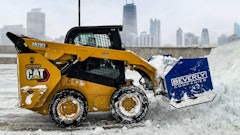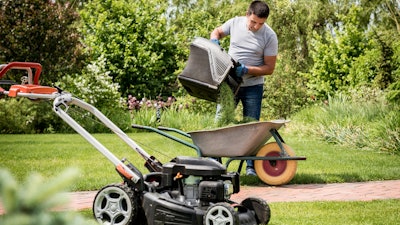
The last two years have seen tremendous growth in our industry. Across all industry segments, companies are seeing consumers spending more to improve their outdoor living spaces.
We’re all aware of the “business” trends happening in our space—labor shortages, navigating price increases, etc.—but here are some you might not have considered. You may have heard of these and even be implementing some. Seriously consider these trends to stay competitive in 2022 and beyond.
To keep your edge in the green industry, you’ll likely need to go “greener” than you are right now.
Planting with Natives
This trend has been coming on for a while but is finally gaining serious momentum. There’s tons of research about the benefits of planting with native species and consumers are catching on.
There’s been an uptick in requests from many landscape customers to plant native species. First, they encourage the local insect population, which invites other species to thrive (birds, for example).
Secondly, the recent headline-grabbing uptick in invasive species has consumers concerned. Many customers willing to hire a landscaper are aware of species like the Asian carp, spotted lanternfly and kudzu. And they want to stop them.
Planting native species helps to encourage native ecosystems and habitats for native animals. Your customers are becoming increasingly educated about invasives, and they want to do everything possible to slow the spread of these threats.
What you can do: Learn the natives in your market well, including heartiness, what plant hardiness zone you’re in, soil, shade and water requirements for each plant — all of it. Other things to consider are color, mature height, flowering (or not), peak color and other species that coexist with each plant.
This will help you arrive prepared for conversations with clients looking for landscaping that uses native plants. You’ll be able to recommend plantings with great height and color, correct plants for the site and you’ll be able to tell them other species these plantings will encourage.
Using Fewer Chemicals
Consumers are beginning to ask their landscapers and lawn care companies many good (and fair) questions about pesticide usage. They’re concerned about the use of manufactured chemicals around their family members and the environmental impact of these products. This trend even extends to fertilizers in many instances.
An increasing number of states are beginning to regulate product usage. For example, in Maryland, businesses must follow fertilization guidelines from the University of Maryland. This trend isn’t slowing down. More people are aware of the food they eat, the water they drink and the “stuff” around them to which their families are exposed.
What you can do: savvy green companies in this climate will offer their customers and clients choices.
For example, if you run a landscape company that offers bed weeding, offer choices. Instead of only spraying glyphosate, offer them three options: straight spraying (least expensive), 100% manual removal (most costly) and a middle road where small weeds are sprayed and larger ones removed by hand (middle of the road cost). Ryan Drake, account manager at J.F.D. Landscapes, Inc. in Chagrin Falls, Ohio, says, “We have clients that have requested fewer pesticides on their properties, so we have a hybrid program for them.”
This choice helps customers feel they’re controlling potential dangers (although we all know glyphosate is pretty safe, but that’s another article for another time). Empowering decisions about what’s happening in and around their property will set you apart.
Battery-Powered Equipment
The recent legislation in California banning small engine use by 2024 will ripple across the country. The same week, a connection of mine on LinkedIn in northern Virginia shared an opinion piece from a local news outlet advocating the same. When I talked to Cyrus DeVere, CEO of A Plus Tree, Inc. (a California-based tree care company), he said they were already feeling the impact. In October, DeVere said, “I’ve got a job running right now where the client insisted we use battery-powered blowers after hearing about the ban.”
There may not be viable alternatives for some equipment in our industry. Some pieces of equipment aren’t “up to par” yet. Others may never be (I’m waiting to see the battery-powered core aerator), but that doesn’t mean public sentiment will change. This is a change that’s coming. It will have more traction as battery technology continues to improve.
What you can do: Begin to invest in this equipment. Start buying reliable tools where it makes sense (blowers, string trimmers, etc.). You will set the trend in your marketplace since this sentiment is still pretty “early days.” Plus, you won’t be caught off guard with massive bills for new equipment when this type of regulation comes to your area.
Consider installing solar panels on your trailers and charging stations inside. This won’t prevent crews from burning through many batteries in a day, but it will likely keep them out working longer before needing to return to the shop to pick up freshly-charged ones.
Think about switching to electric vehicles for your sales team. If you need them to have pick-up beds, the hybrid is more practical right now. If they’re strictly doing estimates, electric vehicles and charging stations at your shop would be wise. This distinguishes you from your competitors.


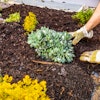

![Gravely Pro Turn Mach One My23 Dsc03139 Edit 1200x800 5b2df79[1]](https://img.greenindustrypros.com/mindful/acbm/workspaces/default/uploads/2025/10/gravely-pro-turn-mach-one-my23-dsc03139-edit-1200x800-5b2df791.BucBnDoN22.jpg?auto=format%2Ccompress&fit=crop&h=100&q=70&w=100)
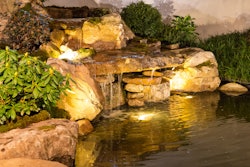
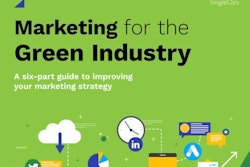
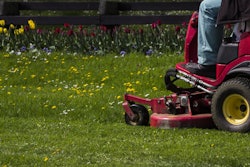
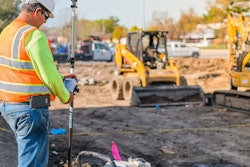

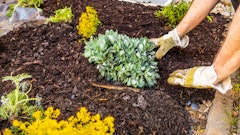
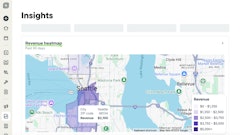
![Gravely Pro Turn Mach One My23 Dsc03139 Edit 1200x800 5b2df79[1]](https://img.greenindustrypros.com/mindful/acbm/workspaces/default/uploads/2025/10/gravely-pro-turn-mach-one-my23-dsc03139-edit-1200x800-5b2df791.BucBnDoN22.jpg?ar=16%3A9&auto=format%2Ccompress&fit=crop&h=135&q=70&w=240)
